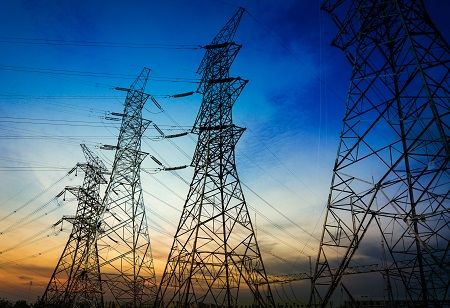
India's power sector is set for substantial growth, with investment opportunities projected to surpass ₹40 trillion over the next decade, as highlighted in a report by Motilal Oswal. Of this, approximately ₹34 trillion is expected to be directed towards capital expenditure, with the remainder linked to optionality ventures. The majority of this capital expenditure will be concentrated in three key areas: power generation, transmission, and smart metering. These sectors are predicted to account for 86%, 10%, and 4% of the total investment, respectively.
Several factors are driving this massive investment in India’s power infrastructure. The accelerating power demand, bolstered by the country’s robust GDP growth and advancements in technology, is one of the primary catalysts. Additionally, there is a pressing need to upgrade or replace outdated power infrastructure as the electricity mix undergoes significant changes, particularly with India’s increasing focus on cleaner, renewable energy sources. The report highlights that India is in a unique position where burgeoning GDP per capita, along with a shift towards electrification and technology upgrades, are creating strong undercurrents that will likely continue to push power demand higher for many years.
Motilal Oswal’s report projects that India’s power consumption will grow at a compound annual growth rate (CAGR) of over 7% in the coming decade, with the rise of electric vehicles (EVs) and data centers playing a pivotal role in driving future demand. By 2035, these two sectors alone could account for one-third of the total power demand growth. Currently, EVs and data centers represent only a small fraction of India’s power consumption, but they are expected to gain significant traction in the coming years. This trend mirrors China’s power consumption trajectory in the early 2000s, where rapid economic growth and increased energy needs led to a significant surge in power usage.
We use cookies to ensure you get the best experience on our website. Read more...